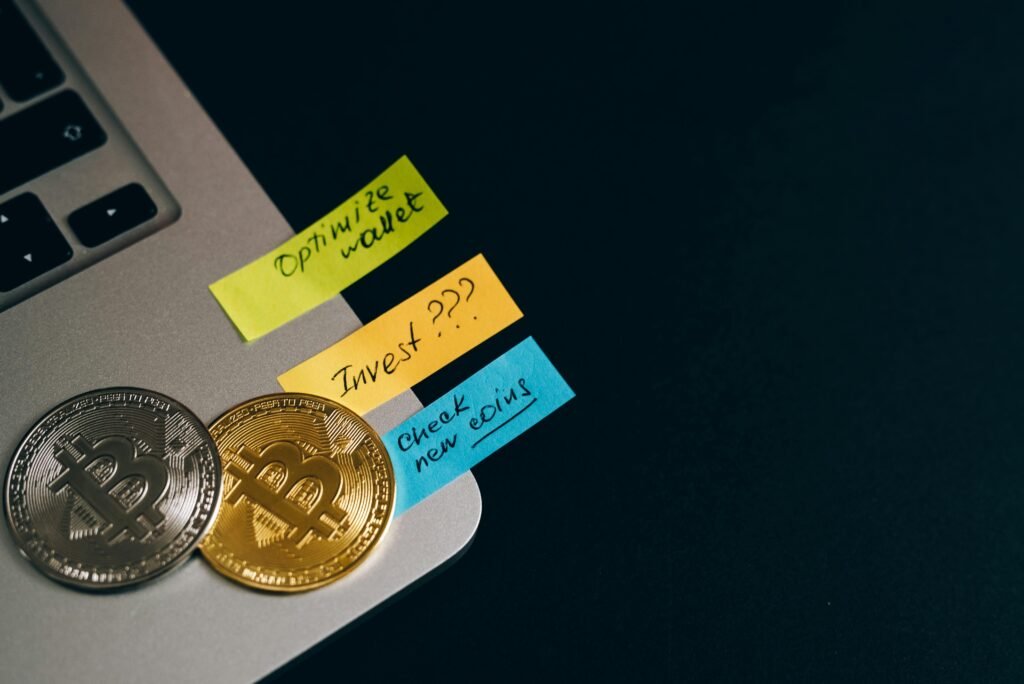Ever felt like teaching teens about saving money feels like explaining quantum physics? Yeah, you’re not alone. For too many parents and educators, guiding youth toward financial independence can feel like an uphill battle—especially when they’re more interested in the latest gadget than how compound interest works. But here’s some good news: savings goals monitoring tools are changing the game for youth savings accounts, one app notification at a time.
In this post, we’ll explore how these tools help young savers hit their targets (without sounding like your grandma nagging about rainy days). You’ll learn what these tools do, how to pick the right one, tips for maximizing them, real-life examples, FAQs, and some *chef’s kiss* tricks to keep teens engaged.
- Introduction
- Key Takeaways
- Why Monitoring Savings Goals Matters for Youth
- How to Choose the Right Savings Goals Monitoring Tool
- Top Tips for Using These Tools Effectively
- Real-Life Success Stories
- Frequently Asked Questions
- Conclusion
Key Takeaways
- Savings goals monitoring tools make it fun and easy for teens to track progress on personal finance milestones.
- Not all tools are created equal—look for gamification features, parental controls, and budget management capabilities.
- Tying savings goals to rewards helps build habits quicker than lectures ever could.
- There’s no “perfect” tool; choose based on compatibility with your family’s lifestyle and tech preferences.
Why Monitoring Savings Goals Matters for Youth

Let’s be honest—teens have bills coming out of nowhere these days! Between Spotify subscriptions, sneakers that cost as much as rent, and gas prices spiraling faster than TikTok trends, teaching kids to save has never been more critical. Add in the fact that most school curriculums don’t even mention personal finance (*ahem, rant alert*), and suddenly you’ve got a generation blindsided by adulthood expenses.
This is where savings goal monitoring tools shine. Unlike basic piggy banks or boring spreadsheets, these digital platforms let users set specific objectives (“save $200 for concert tickets”) and visually monitor their progress toward achieving those dreams. The visual element? Chef’s kiss perfection—it taps into our natural desire for instant gratification while still fostering long-term discipline.
Here’s the kicker though: failing to teach kids about structured saving isn’t just irresponsible—it’s expensive. Studies show people who start early develop better lifelong financial habits, which translates into fewer credit card debts and higher retirement savings. So yeah, this stuff matters!
How to Choose the Right Savings Goals Monitoring Tool
![]()
Now we’re getting to the meat of things. With dozens of savings apps flooding the market, picking the best one might sound daunting—but it doesn’t have to be. Optimist You: “There’s something for everyone if you know what to look for!” Grumpy You: “Yeah, but first coffee…always.”
Step 1: Identify Your Must-Have Features
Start by listing non-negotiable features tailored to your teen’s needs. Examples include:
- Gamification: Earn badges or points for hitting milestones? Yes, please.
- Parental Controls: Keep tabs on spending without being overly invasive.
- Budget Tracking: A bonus if the app lets them categorize expenses.
Step 2: Check Compatibility
Make sure the tool integrates seamlessly with their bank account or prepaid debit card—and yours, if joint access is needed.
Step 3: Evaluate User Experience
No matter how many bells and whistles it boasts, a clunky UI will tank engagement quicker than sour milk spoils cereal. Look for intuitive designs with minimal jargon.
Step 4: Read Reviews
Nothing says “buyer beware” quite like subpar customer support or hidden fees exposing themselves after signup.
Top Tips for Using These Tools Effectively
- Tie Goals to Rewards: Whether it’s extra screen time or a mall outing, linking achievements to tangible perks boosts motivation.
- Set Mini-Milestones: Breaking big-picture goals into bite-sized chunks prevents overwhelm.
- Leverage Social Proof: Encourage friendly competition among siblings or friends using leaderboards (some apps offer this).
- Avoid Overloading Features: This tip goes against conventional wisdom, but trust me: Too many fancy bells won’t ring unless someone uses them regularly. Stick to essentials.
Real-Life Success Stories
Meet Sarah: At age 14, she downloaded a popular savings app recommended by her parents. By setting a goal to save $500 for a summer trip, she earned virtual badges every time she logged income from babysitting gigs. Seeing her progress bar fill up kept her accountable—and guess what? She crushed her target three months ahead of schedule!
Case Study Highlight: Research shows families who actively use monitored savings systems see a 25% increase in consistent contributions compared to those relying solely on traditional methods.
Frequently Asked Questions
Are savings goals monitoring tools safe for minors?
Absolutely! Most reputable apps comply with data protection laws and encrypt user information.
Can my teen use multiple tools simultaneously?
Technically yes, but sticking to one reduces confusion and ensures focus.
What happens if my child loses interest?
Here’s where parental encouragement comes in. Pair the tool with real-world incentives to reignite enthusiasm.
Conclusion
The road to financial literacy starts young—and thankfully, savings goals monitoring tools make the journey smoother (and dare I say fun) for today’s youth. From choosing the perfect platform to implementing killer strategies, you now hold the blueprint for raising savvy savers ready to conquer tomorrow’s challenges.
So remember: Like leveling up in Pokémon GO, small wins add up over time. Game on, future millionaires!
P.S.: If Pokémon references made sense to you, congrats—you officially qualify as hip enough to guide Gen Z through their financial adventures.
“Savings goals are shiny Poké Balls catching dreams before inflation steals them away.”


